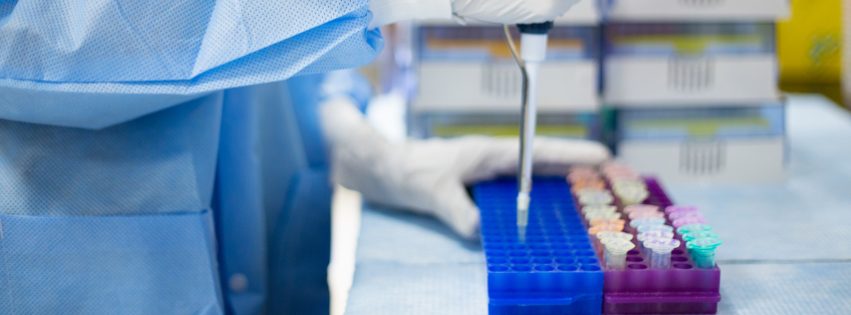New Therapy in Clinical Trial Returns Immunotherapeutic Activity to Resistant Melanoma

A group in Italy may have found a way to revive the response to immunotherapy in patients who have developed resistance to the combination of ipilimumab (Yervoy) and nivolumab (Opdivo). Although immunotherapy works well in many patients with melanoma, there are individuals that experience disease progression despite treatment as a result of developing drug resistance.
Sometimes, immunotherapy drugs stop working because specific mechanisms develop within melanoma cells that cause resistance. Among the ways melanoma cells work to survive and evade drug-induced cell death is by blocking DNA from producing proteins necessary for drug activity. Cells can attach “methyl” groups to the DNA, which physically obstructs the DNA from creating more proteins.
Researchers are using ASTX727—a hypomethylating agent—to remove the methyl groups from the DNA. ASTX727 can reverse the resistance developed in melanoma cells by eliminating the obstruction on the DNA. The unobstructed DNA can then be used to produce the proteins necessary for immunotherapy to be effective.
After 12 months, the group of patients treated with immunotherapy plus ASTX727 had a progression-free survival rate of 43%.
In the Phase 2 clinical trial, 36 patients with melanoma (Stage III, n=3; Stage IV, n=33) were enrolled. These patients were divided equally into two groups to receive either ASTX727 plus ipilimumab/nivolumab (n=18) or ipilimumab/nivolumab alone without the new agent (n=18).
After approximately eight months, patients treated with immunotherapy plus ASTX727 had an objective response rate of 33%, compared to 17% in patients without ASTX727. The group that received ASTX727 also had two patients with a complete response compared to none in the ipilimumab/nivolumab group.
After 12 months, the group of patients treated with immunotherapy plus ASTX727 had a progression-free survival rate of 43%. The group of patients treated with immunotherapy had an 11% progression-free survival rate. The 12-month results mimicked a similar trend observed after six months of treatment.
The researchers checked the tumor cells and observed an increase in immune-related DNA and proteins after treatment. This finding supports the idea that the mechanism of the new agent is working as predicted.
In summary, the treatment of melanoma with immunotherapy and a new agent, ASTX727, has demonstrated activity in patients who were previously resistant to immunotherapy. Phase 3 clinical trials will be necessary to demonstrate the drug is safe and effective in a larger population before it can be examined for FDA approval.
The summary is based on the oral presentation, “The phase II NIBIT-ML1 study of nivolumab plus ipilimumab and ASTX727 or nivolumab plus ipilimumab in PD-1 resistant metastatic melanoma: Tumor methylation landscape and correlation with clinical outcomes,” by Anna Maria Di Giacomo from the University of Siena, in Siena, Italy, given on June 1, 2025 at the American Society of Clinical Oncology meeting in Chicago.
Recent Posts

One Day at a Time: Caregiving Through Ocular Melanoma

A Life Rewritten: Finding Strength in the Face of Melanoma

Living Through TIL Therapy: A Personal Story

You’re Not Out of Options: What to Do When First-Line Melanoma Treatment Fails


